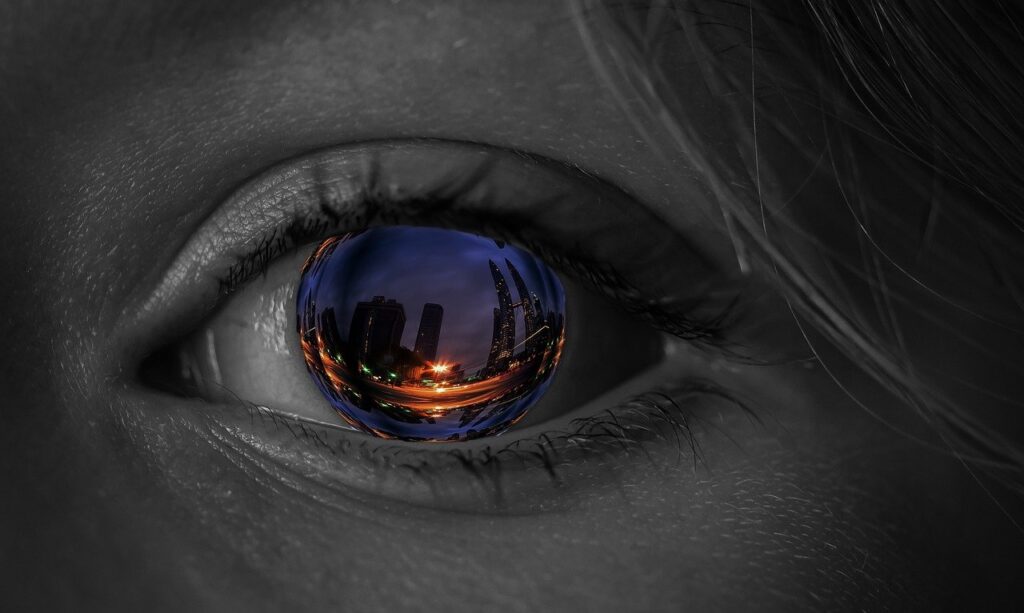Best laptop for photo editing aren’t just the perfect platform for photo editing. It is a machine with a fast processor. And will have plenty of RAM and a drive with large storage. It will also give you an ideal computer for work from home (Pretty trending 2020).
These marvellous systems will most likely outperform your dusty old desktop computer. What’s more, the addition of a quality screen has a consistent colour. Here the contrast will not only bring images to life, but it can also help reduce eye strain and fatigue.
These days every major laptop manufacturer offers a model having a top-spec 4K screen including 100% sRGB colour space coverage along with broad contrast to keep the highlights and shadows consistently visible.

How to choose the best laptop?
1. Screen quality matters
Laptop screens before used to be more eye-sore than eye-candy. It had a lot of appalling contrast and viewing angles. Thankfully the latest IPS display tech fixes this and you shouldn’t settle for anything less. So go for it!
2. Speedy storage
An SSD (solid-state drive) is a must for any new laptop. Don’t get stuck with a small capacity! 512GB is a minimum if you’re working on a 4K video.
3. Graphic novelty
Some dedicated graphics cards are great for gaming, but they’re not a necessity for photo editing. Today’s processors can fill in for them, and they have enough pixel-pushing punch for photo editing.
4. Processor (CPU)
Laptop processor model numbers are practically impossible to decipher. Just focus on the ‘base frequency’ (speed, measured in GHz), and several processing cores (two, four, or six) using the system info or a separate monitoring application.

Apple MacBook Pro 16-inch
MacBook Pro aced every benchmark tests, and it was lightning-fast in Photoshop.
Above the keyboard, you’ll find Apple’s Touch Bar. This row of virtual buttons dynamically changes according to your current app you are using. The best thing? Photoshop makes great use of it. It automatically displays adjustment buttons and sliders depending on your selected pallet or tool.
The main display has an aspect ratio closer to 3:2, making it a better-suited monitor to display photos from most cameras. The resolution(3072 x 1920) may be slightly less than 4K, but it’s crisp enough. It also has a technology that automatically tweaks the screen’s colour tone to compensate for ambient lighting.
You can spec up the 16-inch MacBook Pro to incredible levels. We think the best value is to go for the 2.3GHz 8-core Core i9 processor with 32GB RAM, a 1TB SSD and Radeon 5500M graphics with 4GB VRAM. Wooh!! That’s a lot of things!
If you need more additional storage, it can be more cost-effective by getting one of the best portable SSDs.

Dell XPS 15
The Dell XPS 15 range is confusing indeed!
There are lots of different spec configurations to choose from. The pricing can also frequently fluctuate. We should mention that the best configuration for photographers includes 4K screen, which boasts brightness and touches sensitivity.
The only issue is that not all XPS 15 configs come with this display, and they’re inevitably at the higher price range.
The extra cash also allows you to buy plenty of high-performance stuff like 10th-gen, 6-core Intel Core i7 processor. You can also choose between 16GB and 32GB RAM. Buy the latter one only if edit very high res images or Photoshop PSDs with tons of layers.
The range of available ports is also pretty good. It includes Thunderbolt 3, USB-C 3.1, plus adapters for USB-A and HDMI. A rare thing is that there’s even a built-in full-size SD slot.

Asus ZenBook Duo UX581
ZenBook Duo has a huge touch-sensitive secondary screen above the keyboard which makes it remarkable. Asus calls it the ScreenPad Plus.
You can also use it as a genuine secondary monitor for displaying another app to that on the main screen. You can also split the display into two or three columns where each contains a different app.
There’s even a screen extension function that lets you spread a single app over multiple screens. It’s a far more versatile set-up than the original ScreenPad incorporated in the old version.
The only drawback is the ScreenPad’s viewing angles and colour vibrancy aren’t on par with the main screen. It causes some discrepancy of colour and contrast between the two displays. Becomes noticeable in part due to the supreme colour and contrast of the primary display.
It has 100% Adobe RGB colour space coverage, and DeltaE <2 colour accuracy. Outright screen brightness isn’t quite on par with the MacBook’s Retina display, but you won’t notice during real-world viewing.
The UX581 is equipped with a lightning-fast 8-core Intel Core i9 processor and you can equip the ZenBook with up to 32GB of RAM. It is truly great for heavy Photoshop editing.
Regarding ports, there’s a good balance of two USB-C, two conventional USB ports, an HDMI port and headphone socket, though the Micro SD card slot is of limited use to photographers. You have a remedy for that.

Conclusion
Of course, the right laptop for you depends on many major factors. I will recommend a 15-inch screen size for the best balance between portability and having a versatile Photoshop workspace. Whereas a 16-17-inch screen offers super-comfortable display and is worth the extra money you will be paying for it.
Comment your opinion below!
Happy Editing

